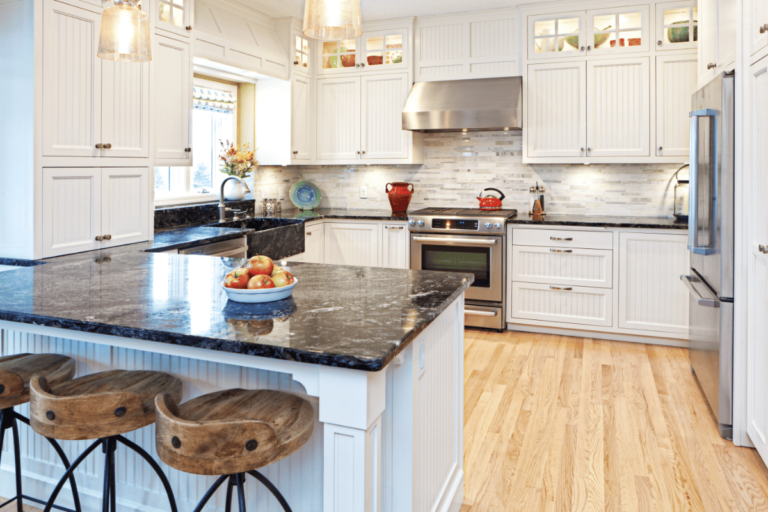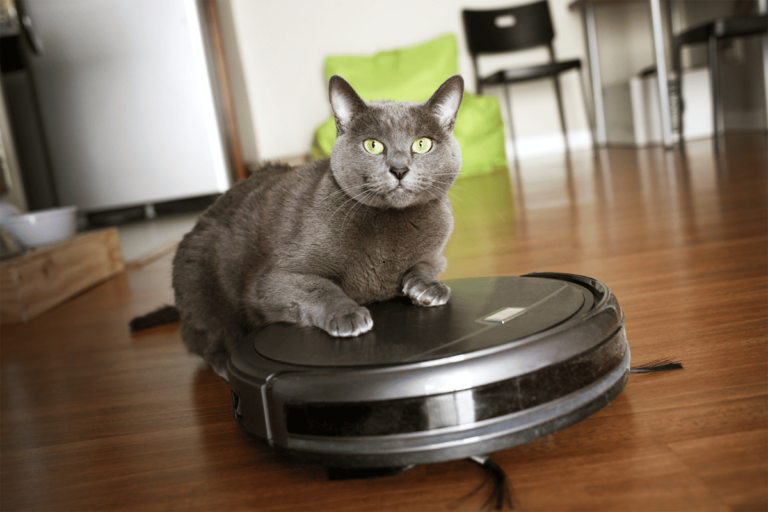Eco-Friendly Home Improvements: Sustainable Ways to Upgrade Your Living Space
If you think that making eco-friendly home improvements requires a significant investment, think again. By implementing sustainable upgrades in your living space, you can not only reduce your environmental impact but also save money in the long run. From simple changes like switching to energy-efficient appliances to more advanced solutions such as harnessing solar power, the possibilities are endless. So, imagine transforming your home into an environmentally conscious oasis while enhancing your quality of life. Curious to discover how these upgrades can benefit you and the planet? Let's explore together.
Energy-Efficient Appliances
To reduce energy consumption in your home, consider upgrading to energy-efficient appliances that can greatly lower your utility bills. Energy saving tips like replacing old appliances with Energy Star certified ones can lead to significant savings. These modern appliances are designed to use less energy without compromising performance.
Proper appliance maintenance is also important for peak energy efficiency. Regularly cleaning filters, coils, and checking for leaks can guarantee your appliances operate efficiently.
Moreover, when purchasing new energy-efficient appliances, look for rebates offered by utility companies or government programs. These rebates incentivize the shift to more sustainable options and can help offset the initial cost of these appliances.
Energy-efficient appliances not only save you money in the long run but also reduce your carbon footprint, contributing to a greener environment.
Solar Panel Installation
Consider the installation of solar panels as a holistic solution to harness renewable energy for your home. Solar panels convert sunlight into electricity, reducing reliance on non-renewable energy sources.
To optimize your solar panel system, consider incorporating solar battery storage. These batteries store excess energy generated during the day for use during peak times or at night when sunlight is unavailable. By investing in solar battery storage, you can further reduce your dependence on the grid and maximize self-consumption of solar energy.
Another benefit of solar panel installation is net metering. Net metering allows you to sell excess electricity generated by your solar panels back to the grid. This results in cost savings on your energy bills and promotes a more sustainable energy ecosystem.
By taking advantage of net metering benefits, you can offset your electricity costs and contribute to a cleaner environment through increased renewable energy utilization.
Water-Saving Fixtures
Installing water-saving fixtures in your home can greatly reduce water consumption and promote sustainable water usage practices. Consider implementing drought-resistant landscaping and water-efficient gardening techniques to minimize water wastage outdoors. Drought-resistant plants require less water, helping you conserve this precious resource.
Additionally, incorporating greywater recycling systems can further enhance your water-saving efforts. Greywater, which is wastewater from sources like sinks and showers, can be treated and reused for activities such as watering plants, reducing the strain on freshwater sources.
Indoors, replacing traditional toilets with low-flow models is a simple yet effective way to save water. Low-flow toilets use considerably less water per flush than older models, contributing to overall water conservation in your household. By making these adjustments, you not only lower your water bills but also play a role in sustainable water management.
Embracing water-saving fixtures is a practical step towards creating an eco-friendly living space that prioritizes resource conservation.
Eco-Friendly Flooring Options
Incorporating eco-friendly flooring options in your home can greatly reduce your environmental impact and contribute to a sustainable living environment.
Two excellent choices for eco-conscious flooring are bamboo and cork. Bamboo flooring is a sustainable option due to its rapid growth cycle, reaching maturity in just 3-5 years compared to traditional hardwood trees that can take decades. This quick growth rate makes bamboo a renewable resource that's environmentally friendly. Additionally, bamboo flooring is durable, easy to maintain, and offers a unique, modern aesthetic to your living space.
Cork flooring is another eco-friendly option as it's harvested from the bark of cork oak trees without causing any harm to the tree itself. This sustainable harvesting process allows cork oak trees to continue thriving and absorbing carbon dioxide from the atmosphere. Cork flooring is also naturally resistant to mold, mildew, and insects, making it a healthy and environmentally friendly choice for your home.
Smart Home Technology Integration
Enhancing your home's efficiency and convenience can be achieved through the seamless integration of smart home technologies. Energy monitoring systems allow you to track your energy consumption in real-time, providing insights into where you can make adjustments to save energy and reduce your carbon footprint.
Home automation enables you to control various aspects of your home, such as heating, cooling, and lighting, remotely or through voice commands, optimizing energy usage and enhancing comfort.
Incorporating security cameras into your smart home setup enhances both safety and energy efficiency. By having a clear view of your property, you can deter potential intruders and promote the security of your home.
Additionally, some smart security cameras come equipped with energy-efficient features like motion sensors and scheduling options, further contributing to your home's overall sustainability.
Sustainable Lighting Solutions
Consider utilizing energy-efficient LED bulbs to illuminate your living spaces and reduce electricity consumption. LED bulbs are a sustainable lighting option that consume much less energy compared to traditional incandescent bulbs, while also lasting much longer.
Another eco-friendly lighting solution is maximizing natural daylighting by strategically placing mirrors or reflective surfaces to bounce natural light further into your home. This not only reduces the need for artificial lighting during the day but also has positive effects on your well-being by increasing exposure to natural light.
For outdoor lighting, solar-powered lamps are an excellent choice. These lamps harness energy from the sun during the day and illuminate your outdoor spaces at night, without drawing electricity from the grid.
Additionally, consider incorporating bamboo fixtures into your lighting design. Bamboo is a sustainable material that grows rapidly and is easily replenished, making it an eco-conscious choice for lighting fixtures.
Rainwater Harvesting Systems
To optimize water conservation in your home, explore the implementation of rainwater harvesting systems, a sustainable solution for collecting and storing rainwater for various household uses. Rainwater harvesting systems can greatly reduce your reliance on municipal water sources, benefiting both the environment and your utility bills.
By capturing rainwater from your roof and storing it in tanks or cisterns, you can use this water for activities such as garden irrigation and non-potable water needs.
These systems not only help in conserving water but also aid in stormwater management by reducing runoff and alleviating pressure on drainage systems. By diverting rainwater into storage tanks, you can prevent excess water from overwhelming local sewer systems during heavy rain events, contributing to a more sustainable approach to managing stormwater.
Implementing rainwater harvesting systems in your home provides a practical way to make your household more eco-friendly and efficient in water usage, benefiting both your property and the broader ecosystem.
Green Roof Installation
Installing a green roof on your home involves incorporating a layer of vegetation on the rooftop surface to provide environmental benefits and improve energy efficiency. Green roofs offer numerous advantages such as reducing stormwater runoff, improving air quality, and enhancing insulation which can lower heating and cooling costs.
The installation process typically includes adding a waterproof membrane, a root barrier, a drainage system, a growing medium, and the vegetation itself. It's important to consult with professionals to guarantee the structural integrity of your roof can support the added weight of a green roof.
To maintain a green roof, regular inspection and upkeep are important. This includes weeding, fertilizing, and watering as needed. Additionally, it's vital to check the drainage system to prevent water buildup.
When considering installing a green roof, it's crucial to factor in the initial costs, which can vary depending on the roof size, type of vegetation, and installation complexity. However, over time, the energy savings and environmental benefits can outweigh the initial investment, making green roofs a sustainable and cost-effective choice for eco-conscious homeowners.
Indoor Air Quality Enhancements
Enhance the indoor air quality of your home with strategic modifications and upgrades. To improve air quality, consider implementing natural ventilation systems. Opening windows and using window vents can help circulate fresh air into your home, reducing indoor air pollutants.
Additionally, installing air purifiers can effectively remove harmful particles and allergens from the air, enhancing overall air quality. Look for air purifiers with HEPA filters, as they can capture a substantial percentage of airborne particles.
Natural ventilation not only improves indoor air quality but also reduces the concentration of volatile organic compounds (VOCs) present in your home. VOCs are released from various household products and can negatively impact air quality. By increasing ventilation, you can dilute the concentration of VOCs, creating a healthier living environment.
When selecting air purifiers, consider the size of the room where they'll be used and the type of pollutants you wish to target. By combining natural ventilation methods with the use of air purifiers, you can greatly enhance the indoor air quality of your home.
Conclusion
To sum up, through the implementation of eco-friendly home improvements, you aren't just enhancing your living space, but also making a positive impact on the environment.
These sustainable upgrades can greatly reduce energy consumption, water usage, and carbon emissions, ultimately creating a healthier and more efficient home.
Embrace the power of green technologies and materials to transform your living space into a sustainable oasis that benefits both you and the planet.






